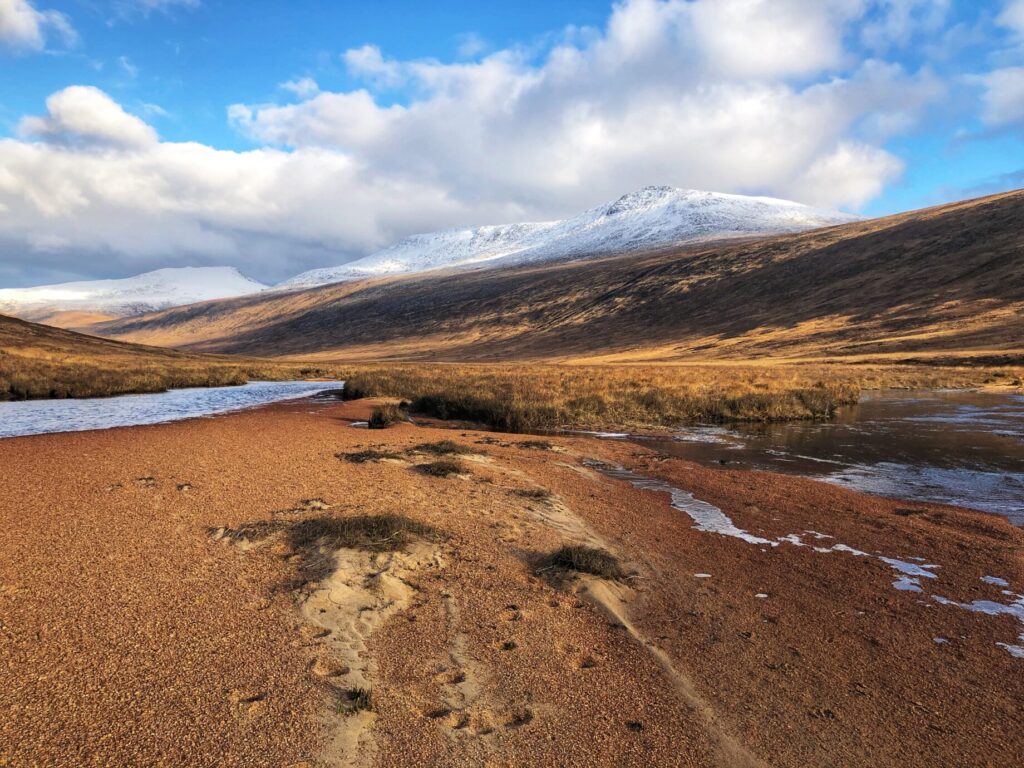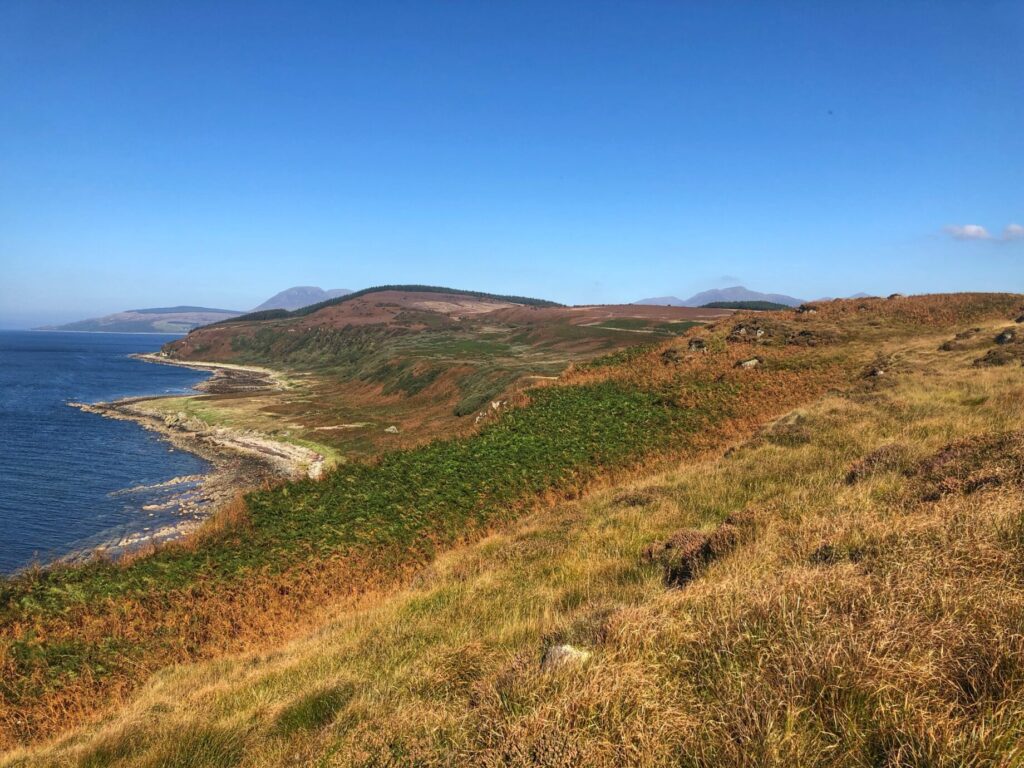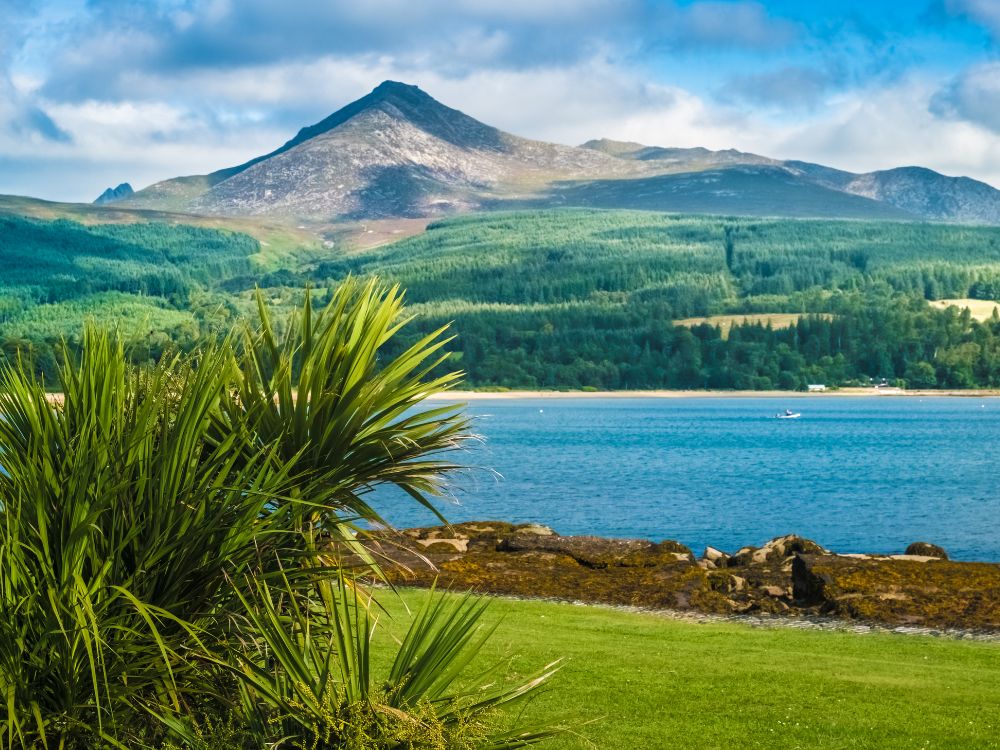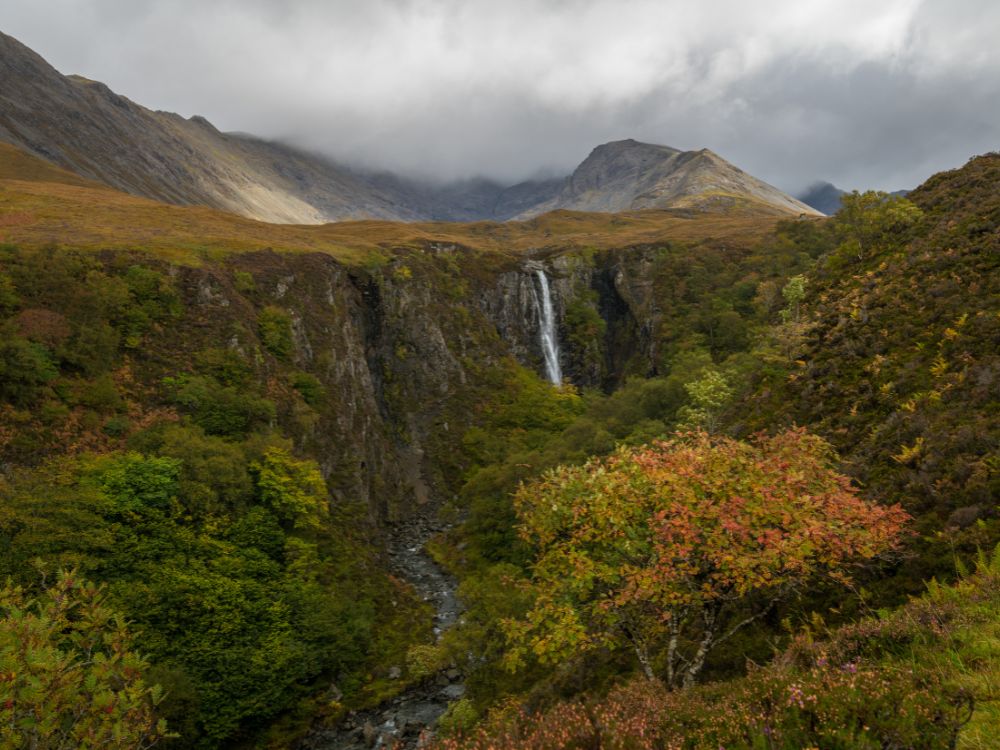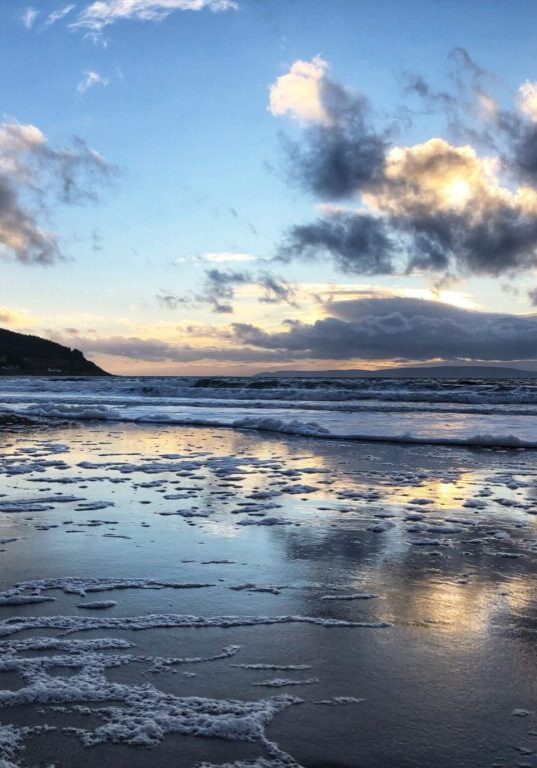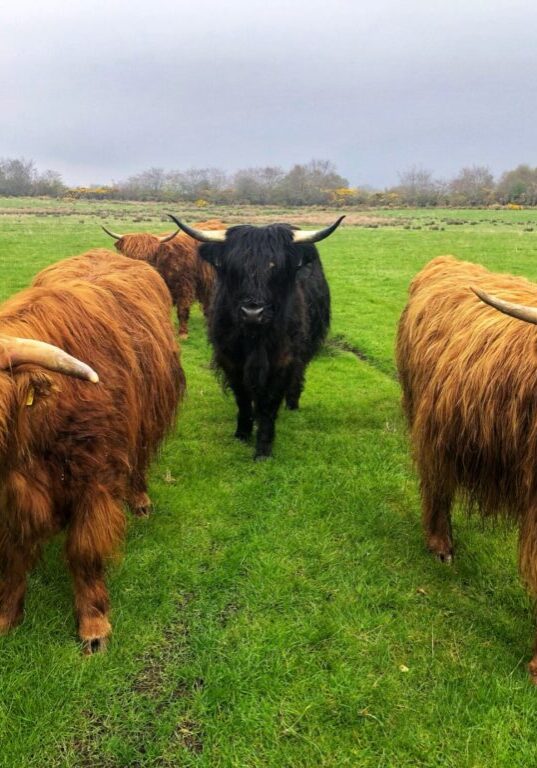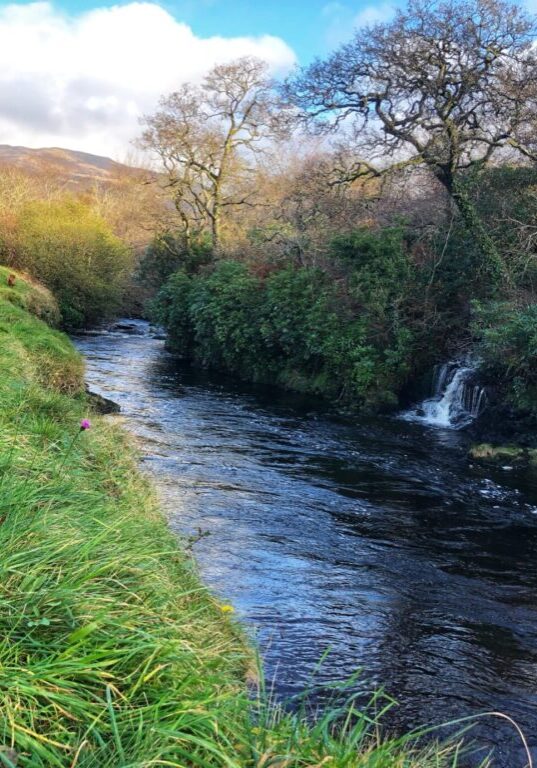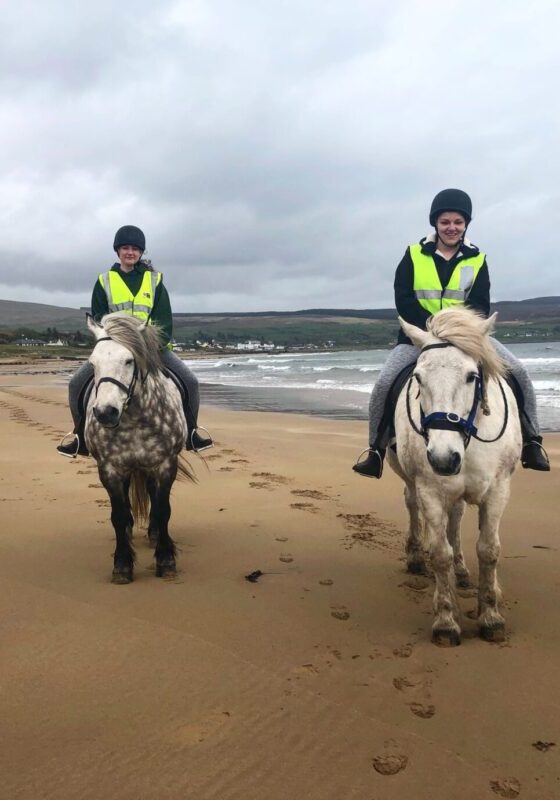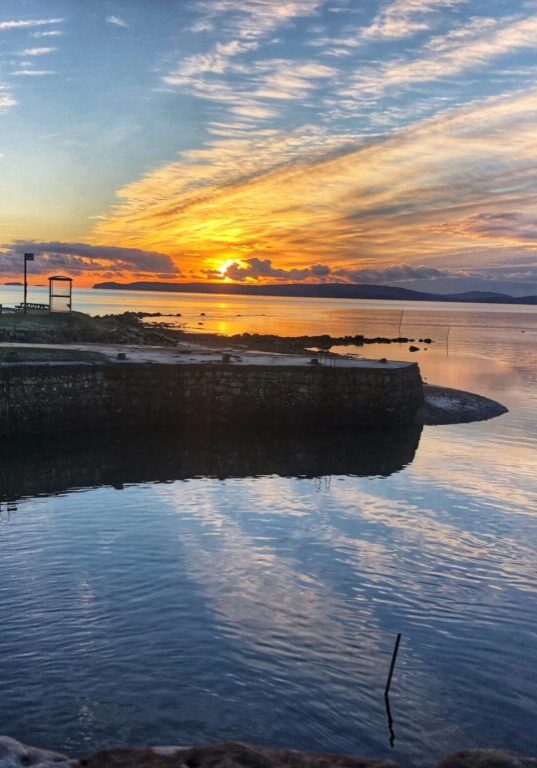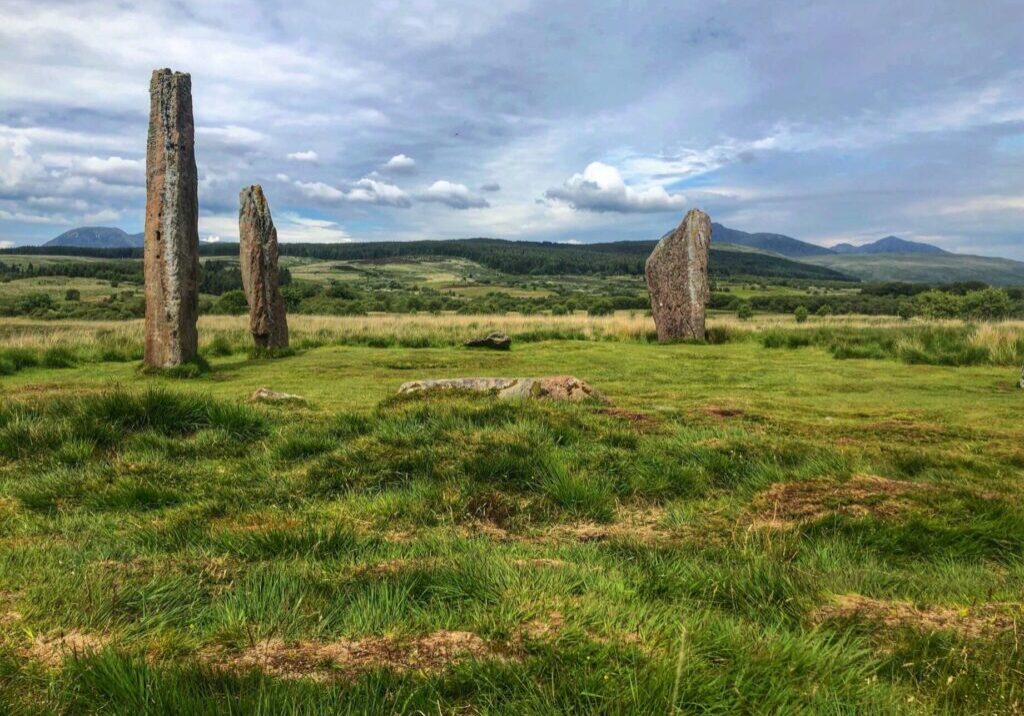
Exploring Arran’s Natural Wonders: Hill, Mountain, and Coastal Walks and Climbs
The Isle of Arran, affectionately known as ‘Scotland in miniature,’ is a treasure trove of diverse landscapes, ranging from towering mountains and rolling hills to breathtaking coastal scenery. With its incredible natural beauty, Arran is a haven for walking enthusiasts, offering a multitude of opportunities for both leisurely strolls and challenging climbs. In this article, we’ll explore some of the most unforgettable hill, mountain, and coastal walks and climbs on Arran.
Goat Fell is the highest peak on Arran, standing tall at 874 meters (2,867 feet). It’s a popular destination for hillwalkers and climbers alike. The most common route starts in Brodick and follows a well-marked path, offering beautiful views of Brodick Bay, Holy Isle, and the mainland. As you make your way up to the summit, the ascent gets steeper and more challenging, but you’ll be rewarded with unparalleled panoramic views of the island and the surrounding sea.
For those in search of a more leisurely walk, the Machrie Moor Stone Circles are a must-visit. These ancient Bronze Age stone circles and standing stones are situated in the island’s west and offer a gentle, flat walk through the picturesque moorland. Rich in history and archaeological significance, this area provides a fascinating glimpse into Arran’s ancient past.
Loch Iorsa is a fairly flat and enjoyable walk, just a 5 minute drive to the North in Dougarie. With a picturesque hike through the glen, it’s a quiet and peaceful place where you can spot deer high up on the hills and the occasional adder sunbathing on the track. You are rewarded with the wonderful view of the boat house at the end, where it sits on the shore of the Loch. Make sure you bring a picnic to sit and savour the tranquility and the views of the towering Beinn’s in front of you.
The Arran Coastal Way is a 65-mile (105 km) circular route that traces the island’s stunning coastline, showcasing spectacular views of sandy beaches, rocky cliffs, and wildlife. The walk can be completed in sections, allowing you to explore each part of the island at your leisure. Highlights include the dramatic King’s Cave, the picturesque village of Kildonan, and the imposing ruins of Lochranza Castle.
Glen Rosa, located just north of Brodick, is a charming glen surrounded by towering granite peaks. The walk up the glen follows the Glenrosa Water, leading to a lovely picnic spot at the base of the mountains. For those seeking more adventure, the glen provides access to some of Arran’s most iconic peaks, including Cir Mhor and Beinn Nuis.
Nestled on the island’s northern coast, Glen Sannox features a dramatic landscape of steep cliffs, deep gullies, and soaring peaks. The walk through the glen follows the Sannox Burn, with the option to ascend to the Saddle, a high pass connecting Glen Sannox with Glen Rosa. The panoramic views from the Saddle are truly breathtaking, showcasing the splendor of Arran’s mountainous terrain.
The Lamlash to Brodick Coastal Path is a delightful coastal walk that connects the villages of Lamlash and Brodick, following the shoreline and offering stunning views of Holy Isle and the Firth of Clyde. The path is relatively flat and well-maintained, making it suitable for walkers of all abilities.
Lastly, the Eas Mor Waterfall, located near Kildonan, is a hidden gem that’s definitely worth the short walk. The trail leads through lush woodland, eventually reaching the impressive 100-foot (30-meter) waterfall cascading into a beautiful, secluded pool.
With its diverse landscape and abundant natural beauty, the Isle of Arran is truly a walker’s paradise. Whether you’re a casual stroller or a seasoned hiker, the island offers an array of unforgettable experiences to suit all abilities and interests. So, lace up your walking boots, grab your map, and get ready to explore Arran’s magnificent hills, mountains, and coastal paths.

